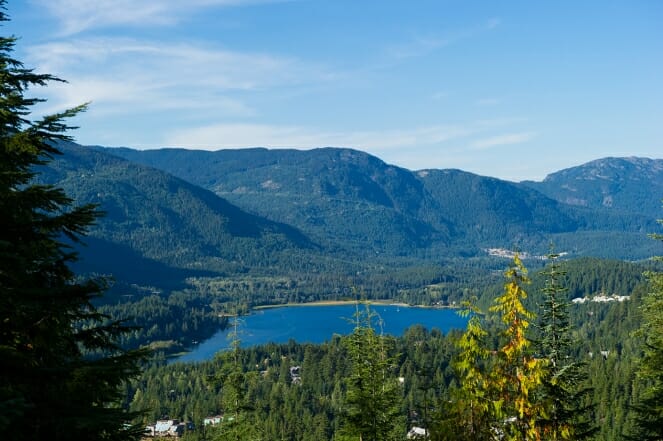Public engagement on stepped changes and required interventions expected this fall and winter
Beginning this fall, the public will weigh in on ways to plan for and fix Whistler’s toughest community challenges, using new insights gained through modelling and analysis.
Tuesday, July 19, Council received an Interim Summary Report on its long-term strategic planning initiative, the Balance Model, created to ensure the vision laid out in the Official Community Plan can be achieved, balancing community, environment, tourism and sense of place.
The report identifies and quantifies how and why employee housing, traffic and visitor volume are Whistler’s top ongoing challenges. The analysis presents a scale of need that focuses input from the Strategic Planning Committee on long-term planning considerations.
“The Balance Model projections, and the problem-solving underway, is a critical tool for our community to remain the success story it is today, both as a place to live and a tourist destination,” says Mayor Jack Crompton. “As a world-class, four-season resort, Whistler does face unique challenges that require us to step back, make adjustments and continue to evaluate, to ensure we’re ready to really adapt over time, and also to capitalize on big opportunities that come our way, like the Olympics.”
The modelling work revealed 5000 employees are currently dependent on market housing. Given the pressures on affordability, increasing numbers of employees are expected to require affordable housing options that are protected from the market over time. Planned employee housing developments are not expected to make up the shortfall even in the short term, as increased demand for labour outpaces new housing supply, meaning current labour shortages will remain unless the situation is addressed.
Traffic congestion, identified as the second biggest concern, is also an area in need of significant focus. Whistler currently experiences an average of three hours of congestion per day and the figure is expected to grow to five or six hours per day over the next 20 years, without interventions. This not only impacts livability, and the guest experience, but it also means the Big Moves 2030 sustainability goals will not be achievable, so additional solutions will need to be implemented beyond electric vehicle adoption.
“As a result of this work, we now know we cannot simply encourage and incentivize switching to electric vehicles if we want to meet our 2030 climate goals. The traffic volume needs to decrease, which means we will need the kind of thoughtful intervention the whole community can provide when this goes out for public engagement, ” says Crompton.
Managing visitor volume will be a part of that traffic analysis, but also an issue the RMOW and resort partners need to continue to address in and of itself, as winter hotel occupancies are expected to be at capacity within the next seven years.
The next step in the initiative will include finalizing long-term and short-term actions for the issues identified. Examples of the potential actions under consideration include looking at housing solutions that locate employee housing centrally to minimize stress to the transportation system, minimize GHG emissions and improve livability and affordability. The committee is also looking at how a visitor and parking reservation system could be used to manage visitor volumes, and specifically, spread the timing of visitor traffic in peak periods.
The recommended actions will be presented to the public for input this fall and winter. The newly elected Council will review the recommendations and community input, and start to prioritize and implement the recommendations in early 2023.
For more information, visit whistler.ca/BalanceModel.

